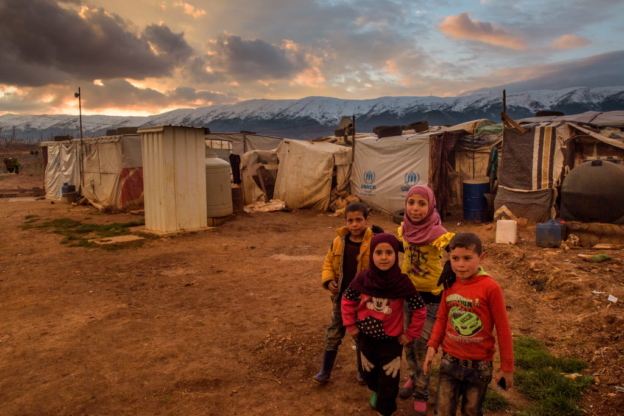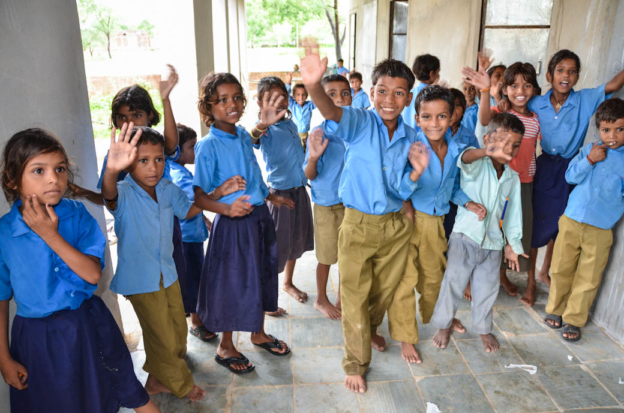
The Universal Declaration of Human Rights turns 70 today. This milestone declaration documents the most basic rights that every person is inherently entitled to. Yet, time and again, children continue to be exploited, abused and violated, reiterating that human rights do not always translate into child rights.
War and climate change are two major humanitarian emergencies which have had a catastrophic impact on children of the world. Childhoods are being uprooted and cut short. There has never been a more urgent need for communities and countries to pull together and work collectively to guarantee human rights for children.
This Human Rights Day we look at some of the major crises over the world that continue to infringe the rights of children across the world.
FLOODS IN KERALA, INDIA
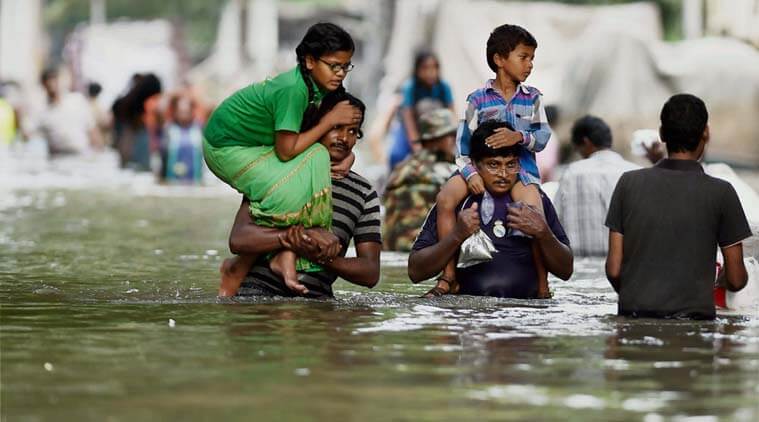
Photo – Indian Express
In August 2018, India’s southern state of Kerala faced one its most devastating floods since 1924. It impacted 23 million people, approximately 70% of the state’s entire population, of whom 7 million are children. Many lives were uprooted, with houses collapsing and normalcy being disrupted, leaving hundreds of children homeless. Health and sanitation issues due to the contaminated water, closure of schools, and an acute loss of safety and security as an aftermath of the floods are some issues that these children are still struggling to come to terms with, besides the trauma of losing their family members.
REFUGEE AND MIGRANT CRISIS ACROSS EUROPE

Photo – Muhammed Muheisen/ Everyday Refugees
Termed as the biggest child refugee crisis since World War II, the refugee crisis across Europe still persists. Children from war zones – Syria, Afghanistan, Myanmar and Yemen, continue to flee their home countries in search of a safe place to live. While most embark on these endless journeys with their families, some even set out alone. According to UNICEF, last year 25000 children entering Italy arrived alone. Of the few families and children that make it to safer countries, most are denied asylum as countries all over the world are putting in place stringent anti-refugee laws. Extremely vulnerable, these children are often exploited for illegal labour, including sexual exploitation. The USA’s refugee policy of separating migrant children from their families has been an urgent humanitarian issue brought up time and again in 2018, yet to see a solution.
EARTHQUAKE IN INDONESIA
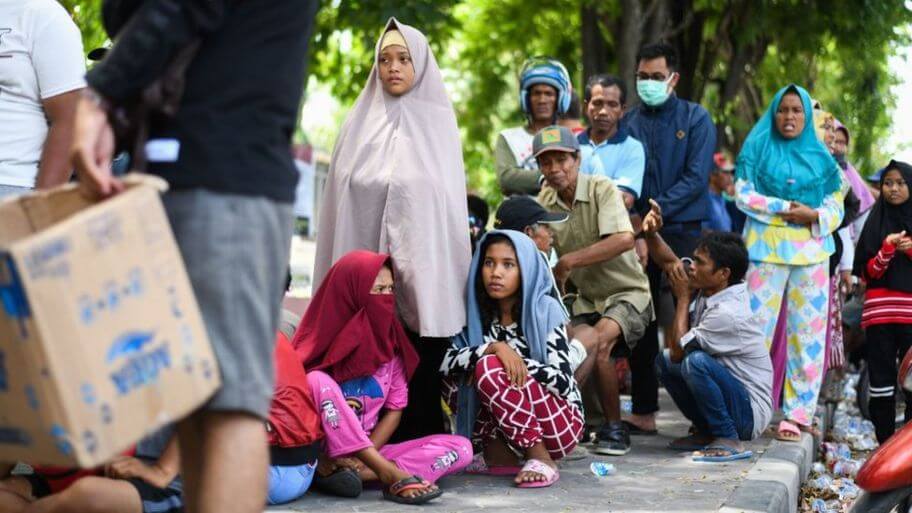
Photo – BBC
On 28 September, a 7.4 magnitude earthquake off the coast of Indonesia triggered a tsunami, affecting approx. 1.5 million people in Sulawesi. Of these, 665,000 are children. Children have been displaced, worse, many of them have lost their families. More than 2700 schools have been affected, directly impacting the education of 2,70,000 children in the region. This is also an area where acute stunting and wasting is common amongst children. With climate change making increasingly making its impact felt, it is time to engage with issues of human rights and concerns vis a vis climate change, and to realize that adopting sustainable lifestyles is ultimately in the interest of leaving a safer earth for our children.
CONFLICT AND DROUGHT IN SOMALIA
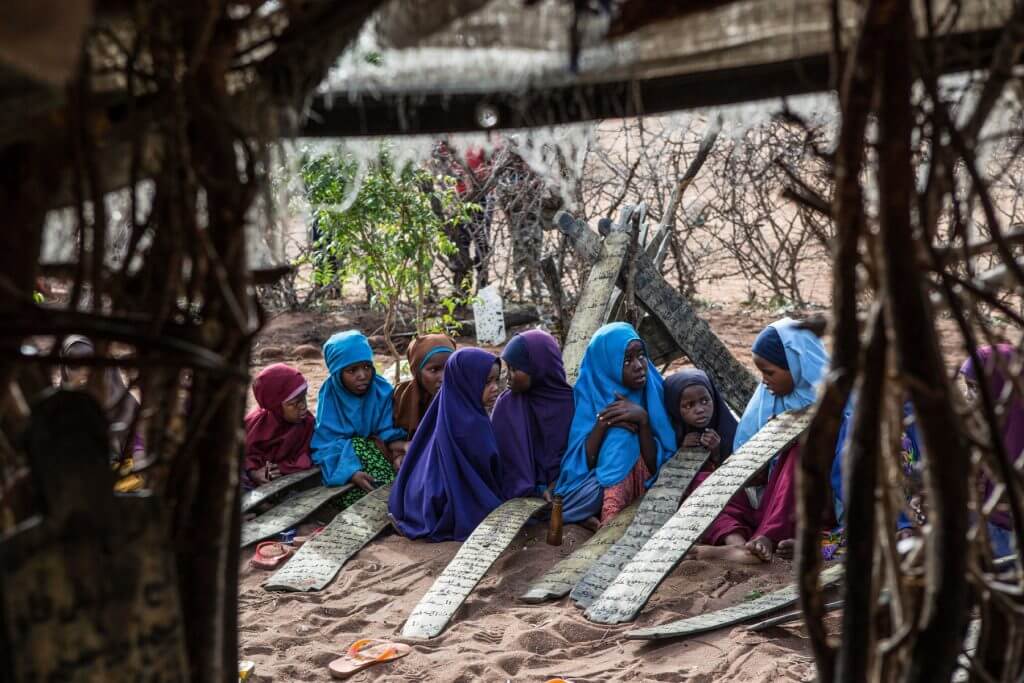
Photo – The Ground Truth Project
As Somalia enters its tenth year of civil war, 3.4 million children continue to be innocent victims of the violence and conflict. A drought that has persisted since February 2017, has made this humanitarian emergency even worse, creating an acute food and drinking water shortage, triggering severe malnutrition and mortality amongst children.
HURRICANE IN HAITI
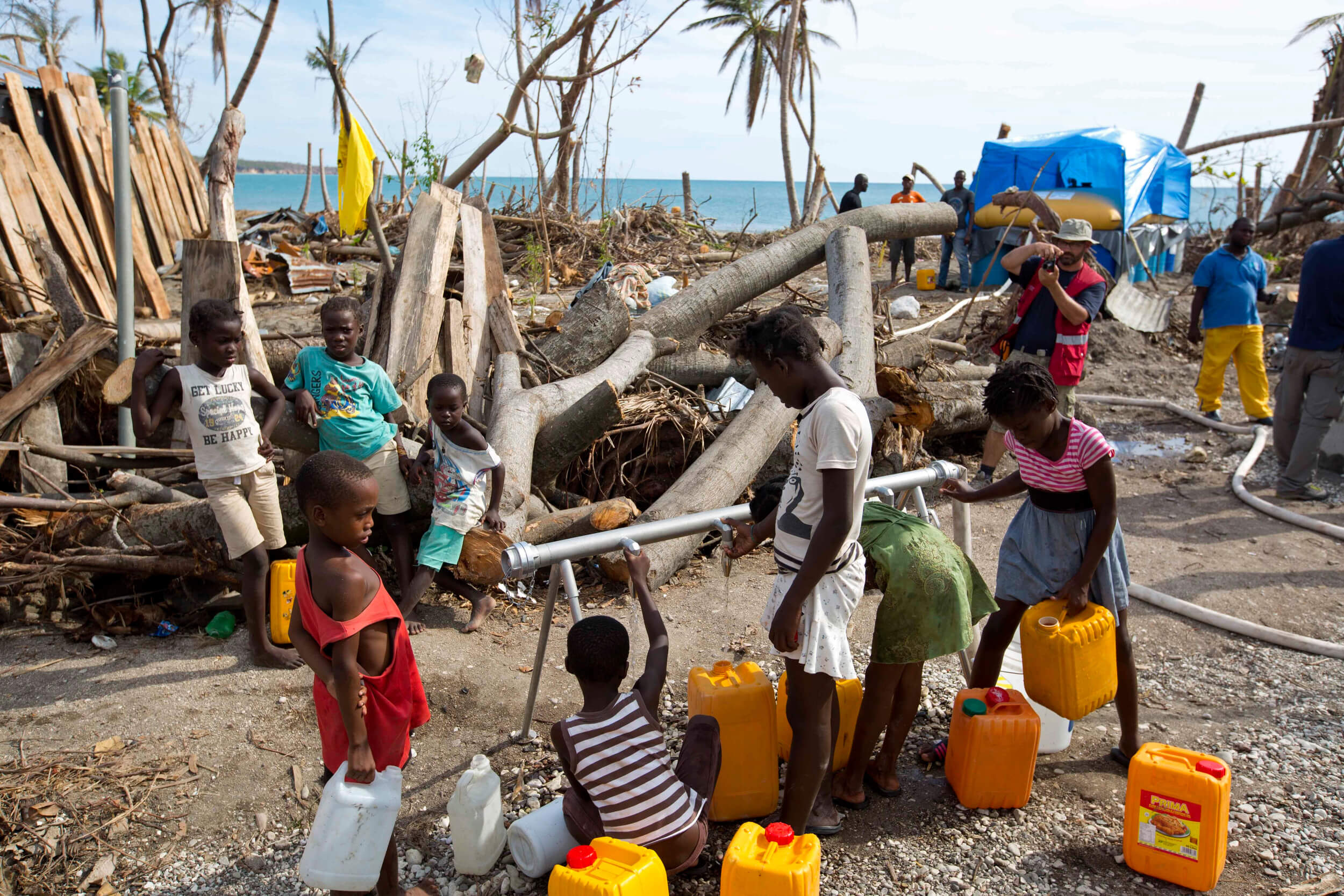
Photo – Kentucky Today
One year after hurricane Matthew caused catastrophic damage in Haiti, the situation continues to be dire. With 779,000 children still in need, there is a long way to go to ensure adequate human rights for Haiti’s children. The country is affected by cholera outbreaks, food insecurity, malnutrition, migration and natural disasters. According to UNICEF, more than “4.8 million people lack access to an improved water source, 1.3 million people are food insecure, and more than 75,000 children under 5 are affected by acute malnutrition, including some 25,000 children suffering from severe acute malnutrition.”
Meanwhile, at the UN convention for Climate Change, Greta Thunberg, a 15-year-old Swedish climate change activist offers us some hope that if all of us do our bit, we might be able to leave behind a better world for our children. “For 25 years countless people have come to the UN climate conferences begging our world leaders to stop emissions and clearly that has not worked as emissions are continuing to rise. So I will not beg the world leaders to care for our future. I will instead let them know change is coming whether they like it or not.”

